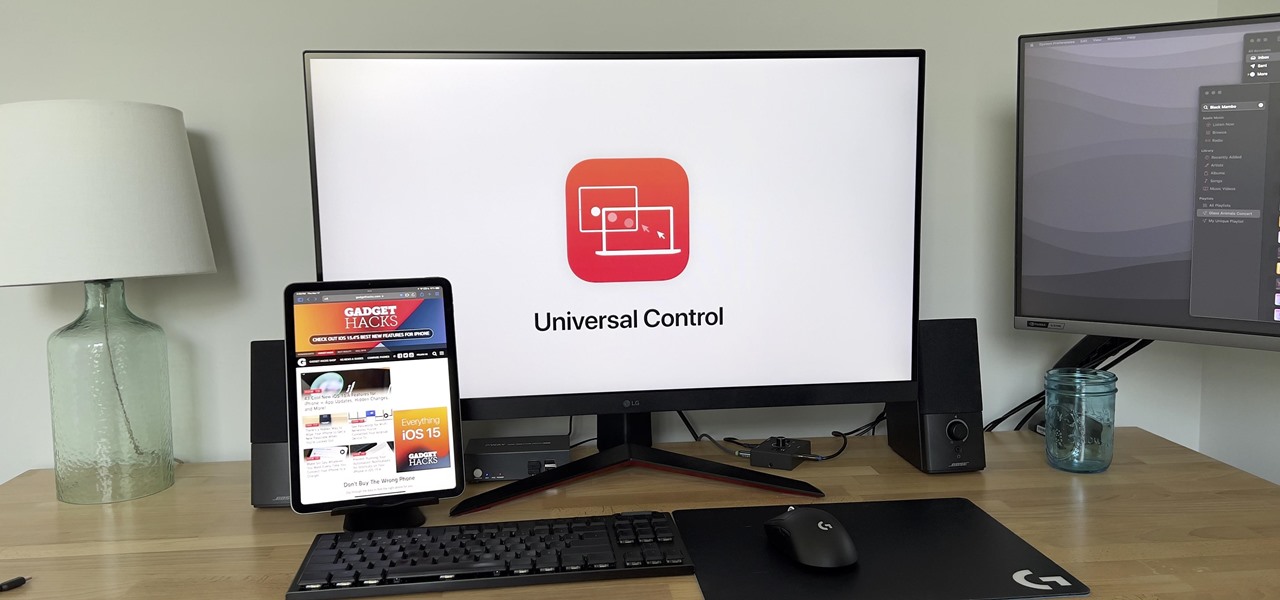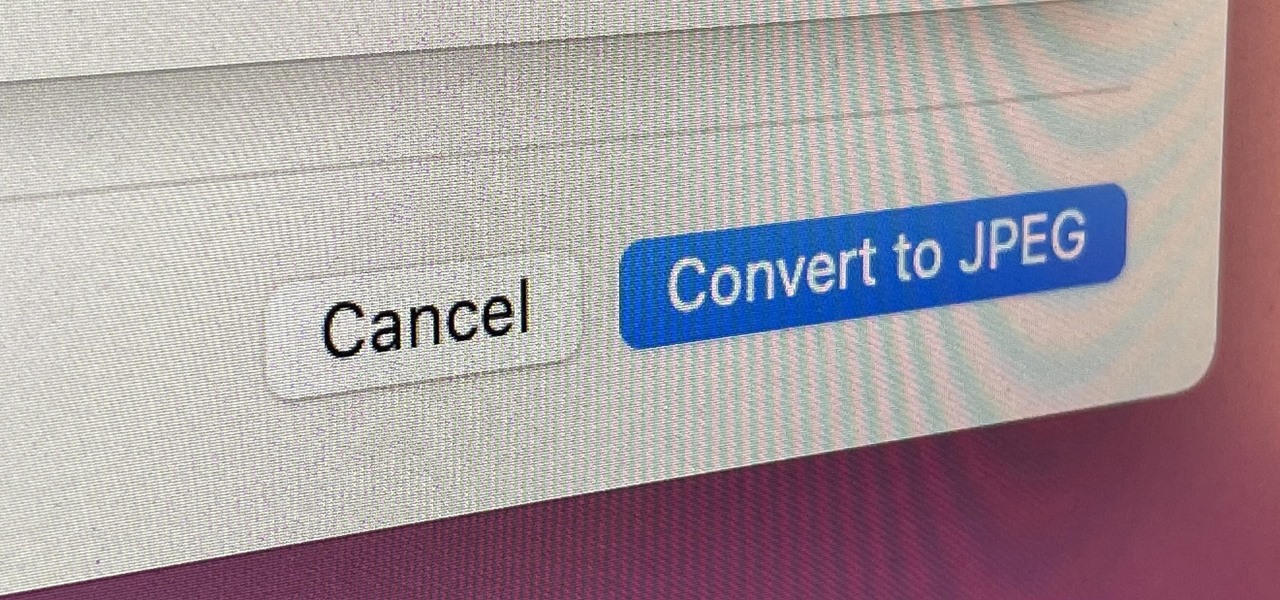This Linux Theme Gave Me the Windows 95 Experience in 2024
Ubuntu
Key Takeaways
- Chicago95 is a theme for the Xfce desktop environment that transforms your Linux desktop to look like Windows 95.
- Installation is easy, thanks to a Python-based automatic installation tool that takes care of the whole process.
- While mirroring Windows 95’s look, Chicago95 lets you use a modern, up-to-date, and efficient operating system.
Ever felt nostalgia for an old-school Windows experience but don’t fancy putting your PC at risk? Install Linux and give this theme a go. Chicago95 turns Linux into something that looks a lot like Windows 95 but without the crippling security flaws.
Before You Begin
There are a few requirements if you want to go back to the future on your Linux PC. Chicago95 is a theme for Xfce, a Linux desktop environment that controls how your Linux PC appears. It works by replacing the icons, backgrounds, UI elements, sounds, and more to closely resemble an old Windows 95 PC. Xfce is one of the default environments used on Linux Mint, but you can easily use it on other Linux distributions like Ubuntu (via Xubuntu) and Debian.
Chicago95 is described as a “total conversion” theme for Linux, meaning that your Linux installation will look a lot like Windows afterward. Any specific packages that you need should be installed automatically when you run the automated installer, but you can check out the current requirements by visiting the Chicago95 GitHub page.
The instructions below will show how to install Chicago95 on Debian, but the instructions should also work on other Linux systems, as long as it supports Xfce. If you don’t already have a Linux distribution, we’d recommend using Xubuntu, as it already has Xfce set as the default desktop environment.
How to Install Chicago95 on Linux
The latest version of Chicago95 has a semi-automated Python-based installer that makes the setup process for Linux users really easy to follow. The installer looks a lot like an old Windows 95 program installer menu, making the whole thing feel a bit more authentic.
The instructions below were tested using Xubuntu, but the general steps should be the same for other Debian-based systems. To start with, you’ll need to clone the GitHub repository from the Chicago95 GitHub page, or run the following command to download and extract it manually:
wget https://github.com/grassmunk/Chicago95/archive/refs/heads/master.zip
unzip master.zipAfter it finishes, use the cd command to move into the Chicago95-master folder, then type the following to begin running the Chicago95 installer:
python3 installer.pyAt this point, the GUI automated installer for Chicago95 will appear. It’ll talk you through various options that you might want to customize, such as installing backgrounds, themes, and more. It’s best to install all the available options, selecting “Next” throughout each step until you reach the end, when you can click the “Finish” button.
Setting a Windows 95-Style Background
After the installer finishes, the UI should be updated automatically to use the theme, but you’ll still need to complete a few extra steps to get that Windows 95-esque experience quite right. Previously, you had to manually set up the Start menu appearance, but this is now done for you.
However, you will need to set your background to match a more old school Windows alternative. To do this, right-click your existing background and select the “Desktop Settings” option. In the “Background” tab, select the “Folder” drop down menu and select “Other.”
Head to the /Extras/Backgrounds/ directory in your Chicago95 download folder, then select “Open.” The old-school wallpapers will appear. Select one of them, then choose “Tiled” from the “Style” drop-down before clicking “Close” to exit the menu.
Setting the Windows 95 Boot Theme on Xubuntu
At this point, your new Chicago95 installation should be almost ready, but there’s one last thing you’ll want to do if you want the true Windows 95-style experience on your PC. You’ll need to update the boot theme to show the Windows 95 logo when you start up and shut down your PC.
The steps to do this will vary, depending on the Linux distribution that you’re using. Xubuntu users can follow these steps to get it working, however.
To begin with, open a terminal and enter your initial Chicago95 directory using the cd command. Type the following commands to copy the required files into the Plymouth theme directory. Plymouth is the name for the boot system used on certain Linux distros, controlling the boot logo.
sudo cp -r Chicago95/Plymouth/Chicago95 /usr/share/plymouth/themes/
sudo update-alternatives --install /usr/share/plymouth/themes/default.plymouth default.plymouth /usr/share/plymouth/themes/Chicago95/Chicago95.plymouth 100Next, type the following command to change the boot theme, making sure to select the correct number next to the Chicago95 option before pressing Enter on your keyboard.
sudo update-alternatives --config default.plymouthWhen you’re finished, type the following command to update initramfs, the initial root file system loaded when you start booting your PC:
sudo update-initramfs -uReboot your PC at this point to see the changes. You should see the new boot theme appear when you start and stop your PC.
Testing Things Out
With the imagery applied, Chicago95 feels a lot like an old-school, beige box Windows PC once you boot it up. The new Windows 95-style bootloader is a nice touch, especially as it improves a typically-quite-boring wait. Once you’re signed in, it’s worth having a good look around.
I like the little details—for instance, the LibreOffice app icons now use the old Office logos for those equivalent Office apps. These apps still work as you’d expect, too, but with a Windows 95 twist to the UI interface elements in the menus, where those apps support it.
It goes even heavier with the nostalgia in system apps like Thunar, the file explorer, which now looks like a mini Windows Explorer clone.
However, the thing I like most about Chicago95 is that, despite how it appears, it’s still a very modern Linux installation that still gets security updates. It’s also perfect for using Linux on an older PC, as Xfce is often much less greedy for system resources than GNOME or KDE.
I feel a lot of nostalgia for Windows 95, but a nearly 30-year-old operating system isn’t the safest to run. Chicago95 helps to scratch the itch I feel for it, however, harking back to a much simpler time, with flat interfaces, old school icons, and simple gray menus, providing a system that just works.
I have a lot of fun using Chicago95, and it’s a theme I’ve found myself actively using. You could find similar Windows-like Linux experiences through other methods, however, including using a favorite of mine, Linux Mint—the most Windows-like popular mainstream distro there is.
























